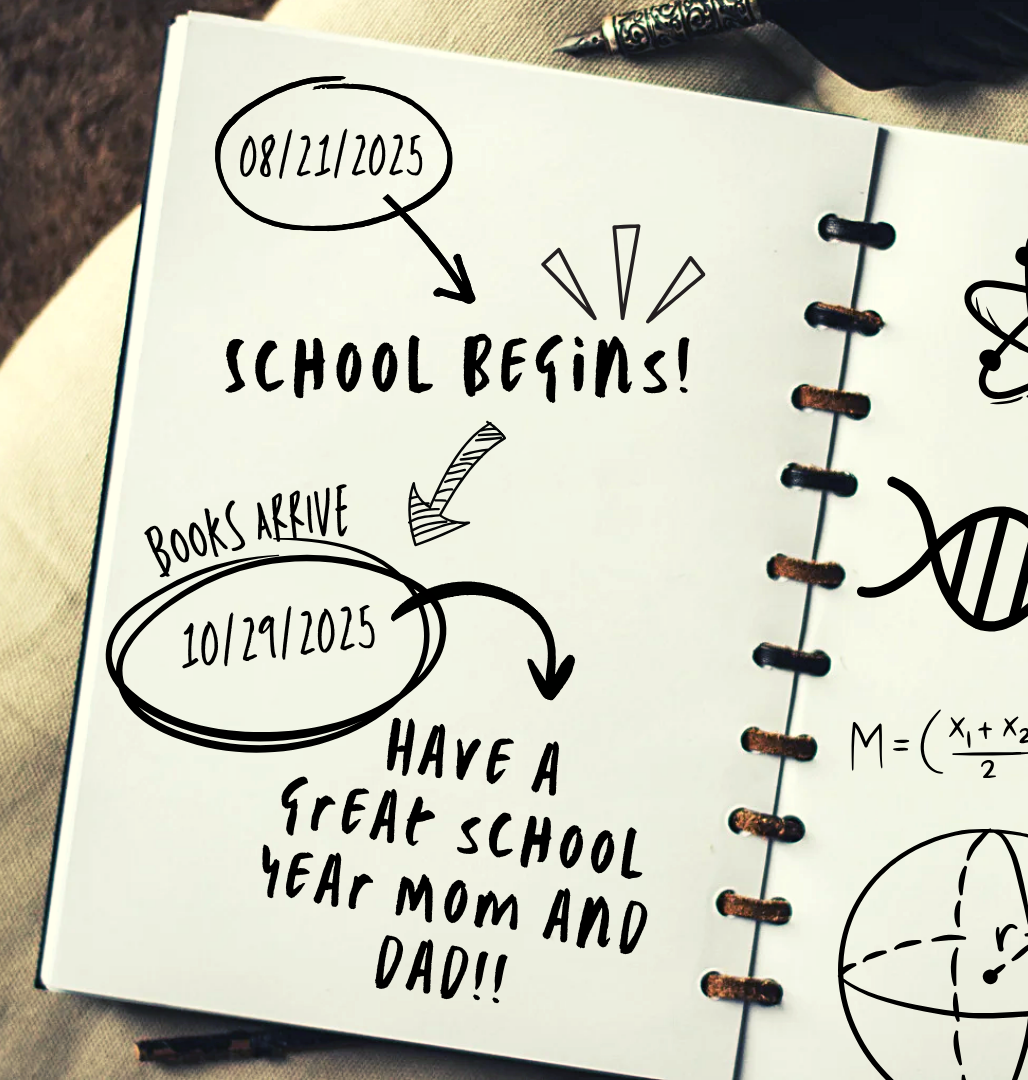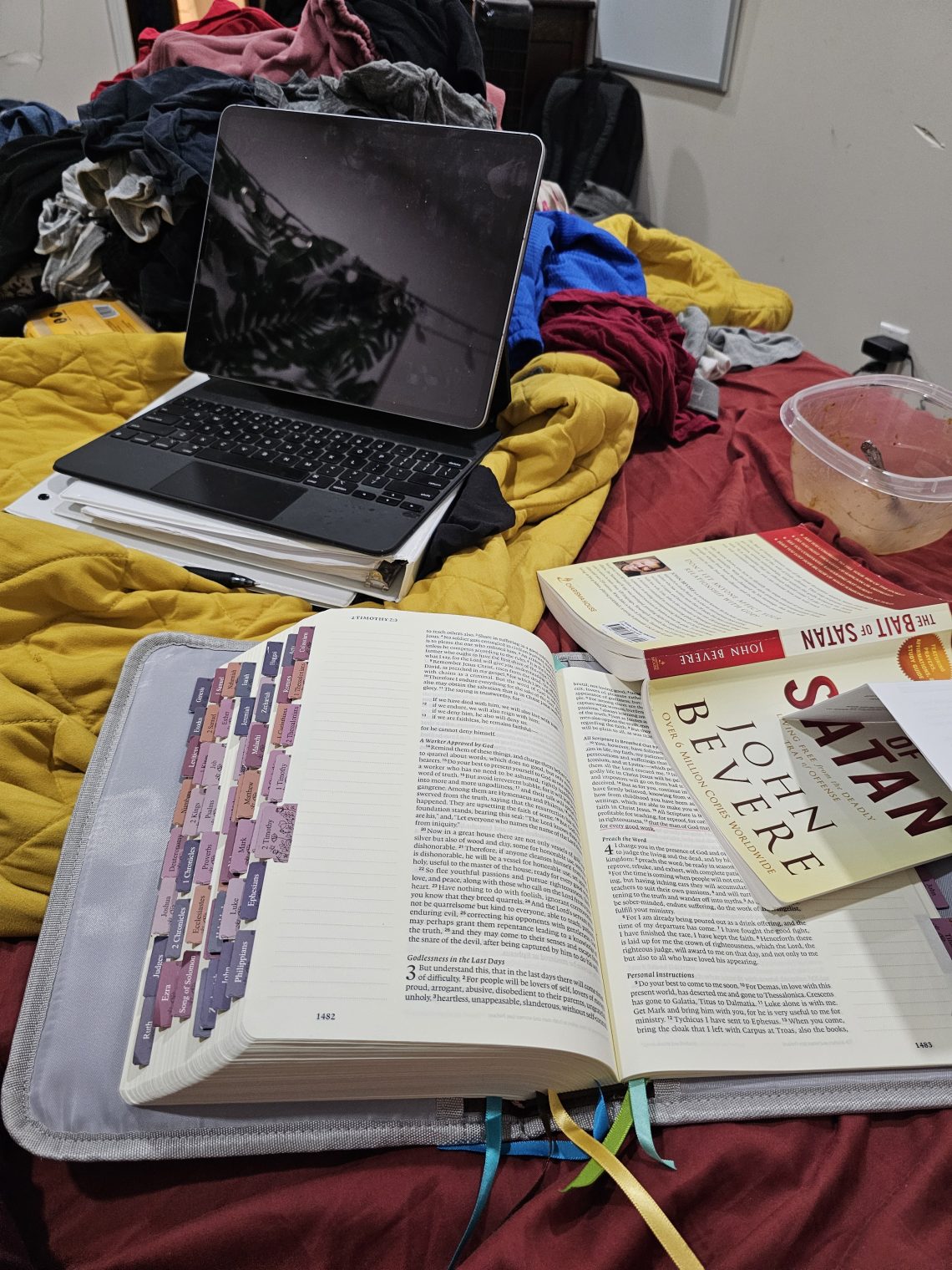Homeschooling & Family
-
Same Food, Different Times: Why Making Meals Ahead Isn’t Cheating
I used to believe that being a good mom meant cooking every meal from scratch the moment we were ready to eat it. Fresh pancakes on Saturday morning. Chicken salad made right before lunch. Everything prepared in the moment, served warm from the stove. Then reality hit: four kids, homeschooling, a baby who doesn’t care about my cooking schedule, and the simple truth that some days I barely have energy to think about what we’re eating, let alone prepare it from scratch. That’s when I discovered something revolutionary: making food ahead of time is literally the same as making it the day we eat it. Same ingredients, same love, same…
-
Give Yourself Grace This Homeschool Season
Sweet mama, take a deep breath with me. August is here, and with it comes that familiar flutter of panic in homeschool Facebook groups. The posts are flooding in: “Still waiting on my math curriculum!” “My kids have outgrown last year’s books and nothing has shipped yet!” “I feel so behind and we haven’t even started!” Here’s what I wish someone had told me last year during my first year of fully homeschooling: The beauty of homeschooling isn’t in having everything perfectly planned and lined up on day one. The beauty is that WE set the schedule. Math books delayed? We’ve spent entire mornings playing Monopoly, naturally covering money math,…
-
Teaching My Kids Consent, Boundaries, and the Power of “No”
In our home, consent isn’t just a conversation—it’s a core value. I don’t force my kids to give hugs, perform on command, or greet strangers just because they’re family. I believe in raising children who know their voices matter and that “no” is a full sentence. This post shares the boundaries we’ve set to protect their confidence, safety, and self-worth—even when it goes against cultural norms.
-
Slow Mornings and the Beauty of Routines Over Schedules
There’s something deeply peaceful about a slow morning—the kind where breakfast isn’t rushed, the dogs eat at 9 instead of 7, and the kids ease into the day. We’ve traded schedules for rhythms, and honestly, it’s brought so much calm. This post dives into the difference between routines and schedules, why strict timelines overwhelm me, and how hands-on learning shapes our homeschool life. If you’ve ever felt like traditional systems don’t fit your family, this one’s for you. 🌿
-
Why We Choose to Homeschool (And Why We Still Do)
Our decision to homeschool wasn’t just about academics — it was about healing, freedom, and creating a safe space where our kids could grow in faith and identity. In this post, I share the heart behind our homeschool journey, how it connects to my own story, and why we chose a path that honors both learning and love.
-
Welcome to The Essential Schoolhouse
In this first post, I share the heart behind The Essential Schoolhouse - a space for healing, homemaking, and honest motherhood. If you’re rebuilding life with faith, grace, and intention, you belong here.

